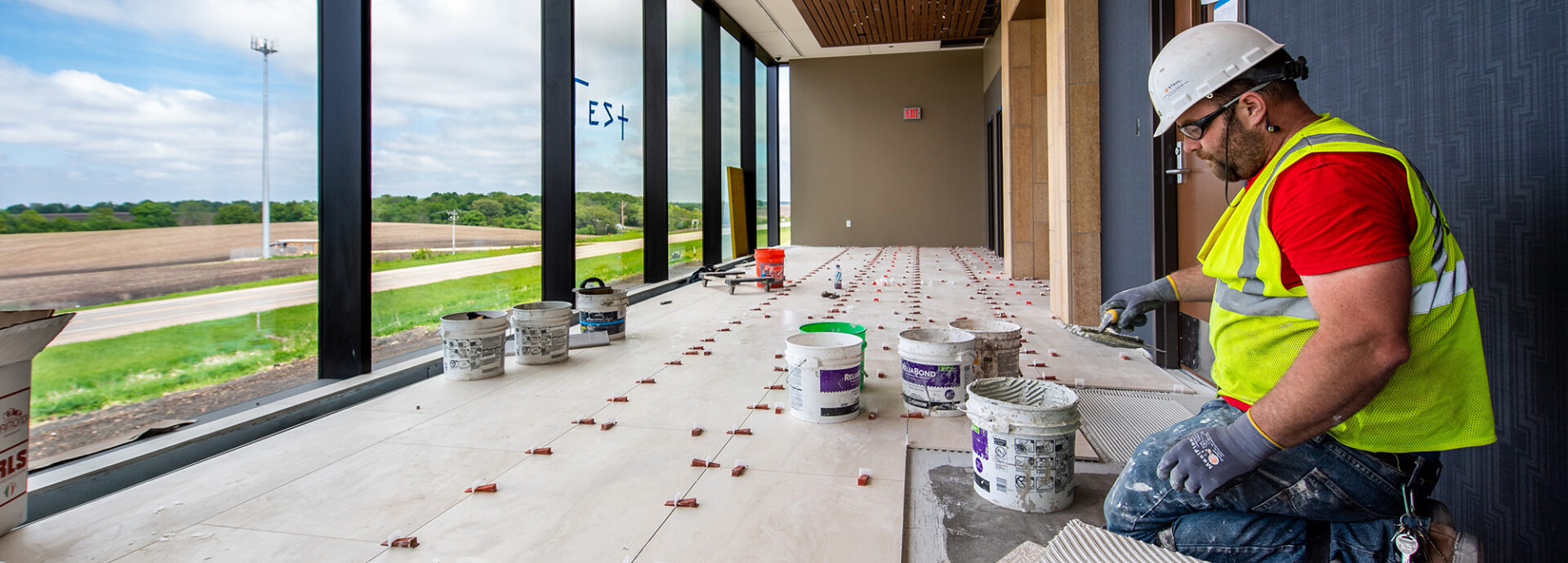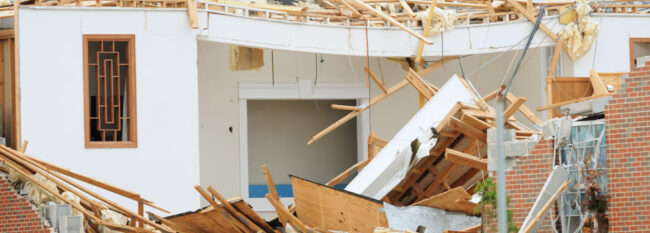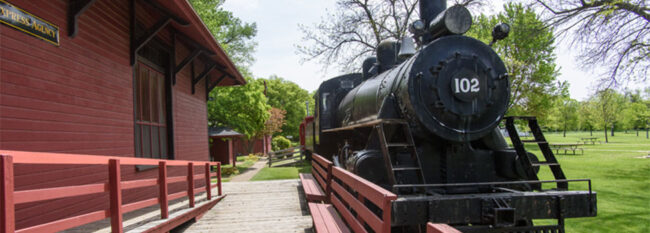Article
Builder’s Risk Coverage for Property Construction Projects

NEW CONSTRUCTION, ADDITIONS and ALTERATIONS to EXISTING BUILDINGS
For property under construction, builder’s risk coverage generally pays for damage from specific causes of loss, such as fire, theft, windstorm, vandalism and others specified, while the property is being built, altered, repaired or remodeled.
A careful review of all applicable builder’s risk coverage is crucial to ensure that all required coverages and endorsements are included in the policy or coverage for each construction project before work begins.
Builder’s risk coverage extends to risks related to construction, including materials in transit, materials stored away from the worksite, contractor’s tools and equipment, and temporary job site structures. The building owner, contractor, subcontractor or all of them can also be covered.
Builder’s risk coverage is typically carried on:
-
- New buildings.
-
- Additions, alterations and repairs.
-
- Property in the open (PIO), such as fences, light poles and flagpoles.
-
- Machinery and equipment used to service the building at the jobsite.
-
- Contents at the worksite to be installed in the building.
-
- The contractor’s interest in such property if the member has agreed prior to a loss to cover its interest or for which the member is liable.
Automatic Coverage with MCIT
MCIT provides automatic coverage for small additions, remodeling and new construction projects. This coverage is excess for large projects as well.
MCIT property coverage gives members an automatic limit of $750,000 per occurrence for buildings, additions and property in the open under construction on a replacement cost basis. Coverage is also available for up to $150,000 for contents on a replacement cost basis in new buildings, additions and remodels.
MCIT’s automatic coverage is excess of any other available insurance and does not include property in transit, materials stored away from the jobsite or related soft costs.
Securing Builder’s Risk Coverage Outside MCIT
When the construction cost exceeds $750,000, MCIT recommends that members require the contractor or construction manager to arrange for sufficient builder’s risk insurance for the value of the project. It is the contractor’s responsibility to deliver a completed project to the owner.
The contractor or construction manager controls the project and is in the best position to coordinate coverage and avoid noncovered losses. If the member wants to place the coverage for such a project, MCIT suggests using a local agent or contacting MCIT for assistance.
A word of caution: When an owner contracts with an architect, general contractor or construction manager who uses a construction industry standard contract designed by the American Institute of Architects, the pre-printed contract form requires the owner to purchase and maintain the builder’s risk coverage. During the contract negotiation process, MCIT recommends that members work with their legal counsel, the general contractor and construction manager to ensure that this language is acceptable or revised.
Add Completed Building to MCIT Schedule
Members need to add a completed building, as well as its contents values, to their property schedule. They also should adjust the electronic data processing equipment inventory values when a certificate of occupancy is received.
In a large construction project, one section of a building or one building of many may be completed. That specific building or section of the building may be added to a member’s MCIT property schedule as it is completed and a certificate of occupancy is received.
When a separate builder’s risk policy is in place, it is important to add the building to the property schedule when the other policy ends to ensure that the building always has coverage.
Members should contact their MCIT risk management consultant toll-free at 1.866.547.6516 for assistance or additional information about builder’s risk coverage.
Minimizing Builder’s Risk Losses
-
- Check contracts and insurance certificates for accuracy and thoroughness.
-
- Take steps to reduce theft and vandalism potential, which may include periodic law enforcement patrols of the site, appropriate fencing and adequate exterior lighting.
-
- Require contractors to follow best practices and standards for hot work activities, such as welding and torch cutting, as well as temporary heating.
-
- Have an emergency response plan in place with law enforcement, fire and any other emergency services prior to a loss.
Topics



